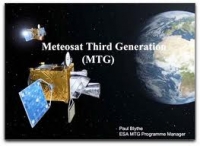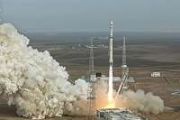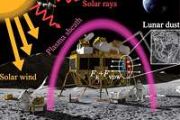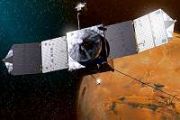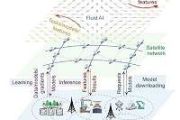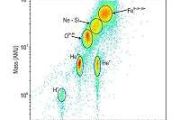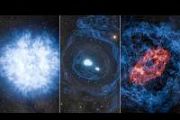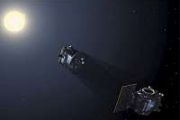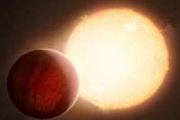MTG, Meteosat Third Generation, is a serie of geostationary meteorological satellites that will be procured and operated by the organisation EUMETSAT.
Considering the long development cycle for a new observational space system, EUMETSAT has been working on the definition and the planning for a Meteosat Third Generation (MTG) system since the year 2000, as a continuation of the Meteosat (1st generation) and MSG (2nd generation) missions.
The Meteosat Third Generation series will comprise six satellites, with the first spacecraft likely to be ready for launch from 2018. The in orbit configuration will consist of two parallel positioned satellites, the MTG-I imager (a 3-tonne satellite with 16 nominal channels) and the MTG-S sounder. The sounder will be one of the key innovations in the new programme, allowing Meteosat satellites, for the first time, to not just image weather systems but to analyse the atmosphere layer-by-layer and perform far more detailed chemical composition studies.
Unlike the first and second generation Meteosat series, MTG will be based on three axes stabilised platforms, meaning the instruments will be pointed at the Earth for 100% of their in orbit time. Such improvements are necessary to achieve compliance with more demanding user requirements on spatial resolution; repeat cycle and signal to noise ratio, and are a prerequisite to conduct soundings from geostationary orbit.
MTG components providing continuity of MSG services need to be available around 2015, before the end of the nominal lifetime of MSG. MTG preparatory activities started end of 2000 in cooperation with the European Space Agency (ESA), following the decision of the EUMETSAT Council to proceed with a Post-MSG User Consultation Process. The process is aimed at capturing the foreseeable needs of users of EUMETSAT's satellite data in the 2015-2025 timeframe.

